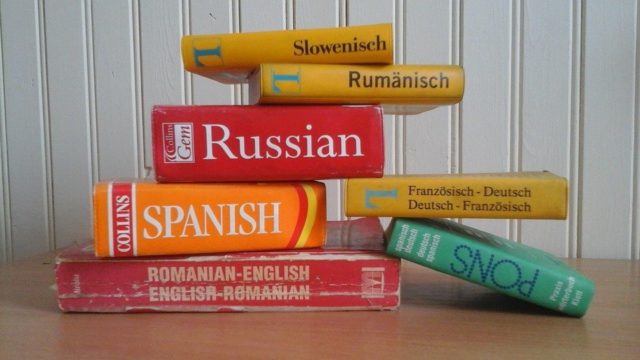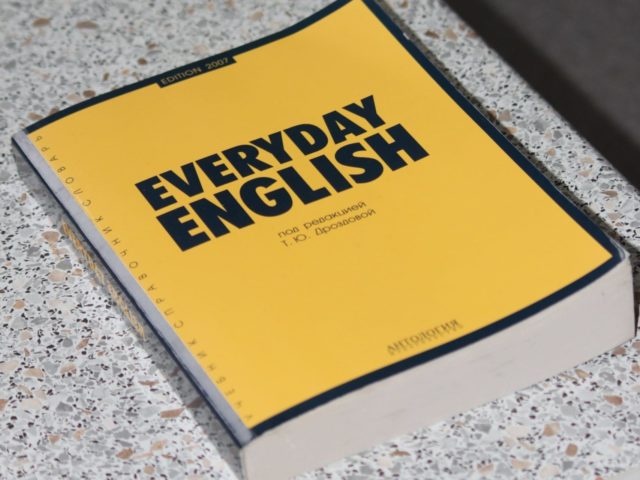Determining the hardest language to learn is a complex task. While trying to master a language, there are several factors that condition its level of complexity and difficulty.
Its grammar structures, vocabulary, pronunciation, and alphabet are among the aspects that can make the learning process more challenging. Not only this, on top of the fact that every person is different, one’s mother tongue also undeniably influences perception. Now, here at blarlo, we’re always eager to share what we know. Like many specialists, we think that Mandarin Chinese is an excellent contender for this title, at least for Spanish speakers. Shall we tell you why?
Main features of the hardest language to learn
Spanish proverbs are wise and accurate in their insights. Without a doubt, one of the most famous ones is “It’s all Chinese to me” (“Esto me suena a chino”). However, it’s not just Spanish speakers who find it hard, since the US authorities classify it as a Category IV language, the highest level of difficulty.
Now, why is Mandarin Chinese so complex? Read on to discover the two main reasons.
More than 40,000 characters or logographs
Can you imagine what would happen if the Spanish alphabet had 40,000 letters instead of 27? Well, this is the case in Chinese with its ideographs. So, to read or write everyday texts, you need to master at least around 4,000. To make things even more challenging, there are three variants of written Chinese: traditional, simplified, and pinyin. The latter was created to make it easier for Westerners to learn by romanizing the characters.
Pronunciation tones
A novel and puzzling aspect for students of the language is the semantic function of its pronunciation. There are five tones, one of which is considered neutral, that are used to modulate each syllable. Depending on which tone is employed, the meaning of the word changes.
Beyond the novelty and challenge this poses for Western learners, there are no written guidelines or criteria for how to use these tones. This essentially means that learning them by heart is the only option.
On the other hand, all Mandarin Chinese learners must carry out two processes every time they see a new character:
- Identify its meaning.
- Break it down into letters and tones in order to pronounce it properly.
Not only this, it’s important to keep in mind that achieving such varied pronunciation requires skills and even talent. Not everyone is equipped to take on the challenge, so both experience and hard work are essential.
Other complex languages
Mandarin Chinese is not the only language that’s difficult for Spanish speakers to master:
- Arabic. Sentences are written from right to left and the letters can change depending on their position in the word.
- Japanese. It has three writing systems and different levels of formality depending on the context.
- Russian. It uses a Cyrillic alphabet that Spanish speakers may find strange. It also has complex rules for conjugating verbs.
- Hungarian. Its vowel harmony and the numerous particles that are added to word roots make for a highly complex language.
In addition, Korean, Finnish, Hebrew, Icelandic, and Polish are quite a challenge to learn, too. However, thanks to blarlo, you can get quick, affordable, and 100% reliable translations in each of these languages. This way, it doesn’t really matter which language is the hardest to learn. Get in touch with us to learn about all the language services we offer!






